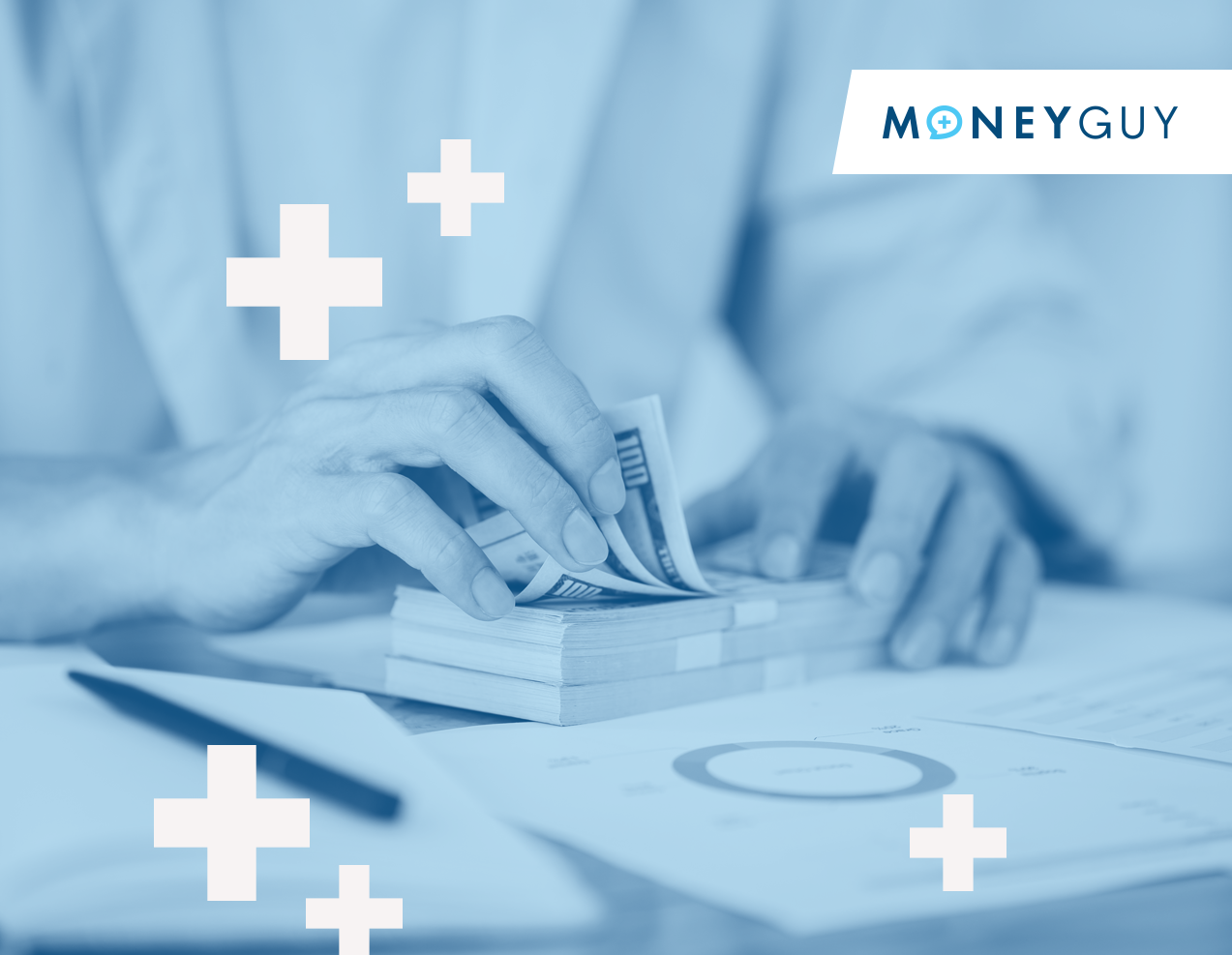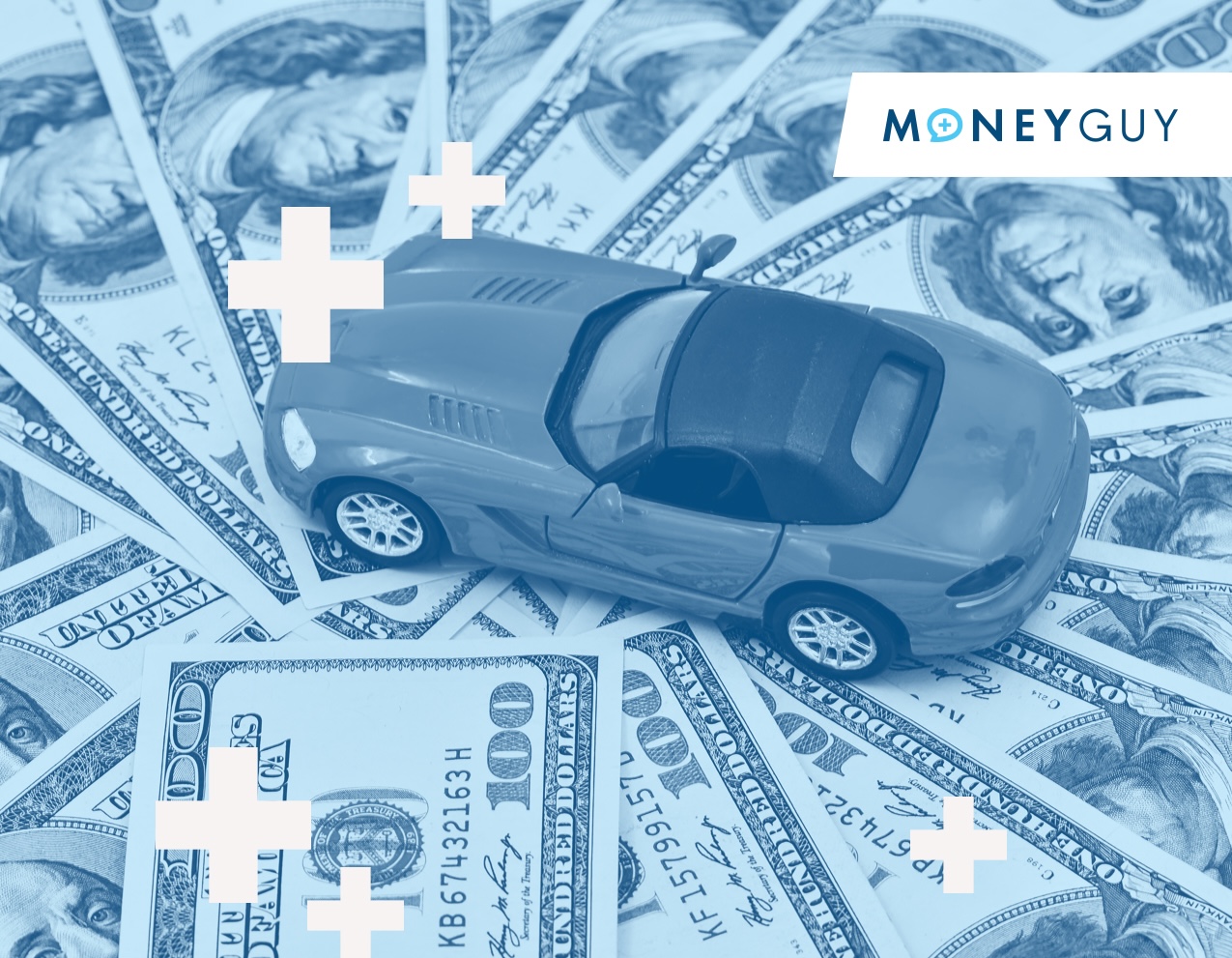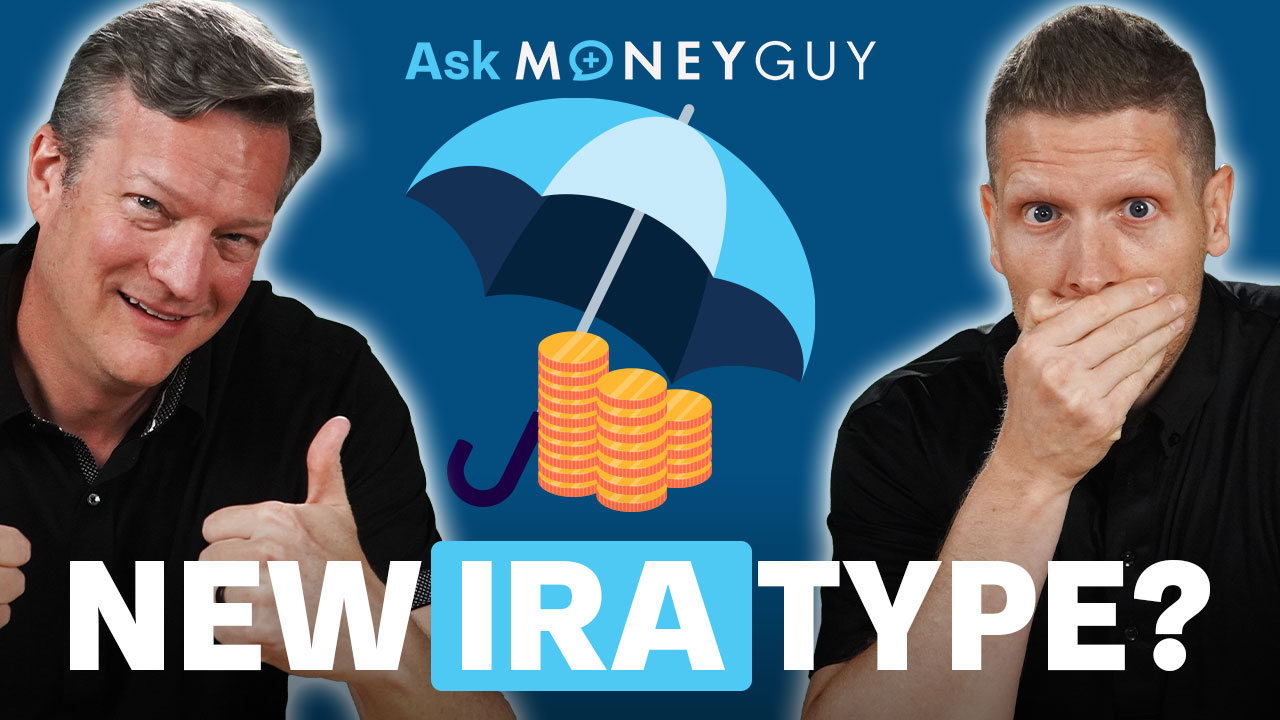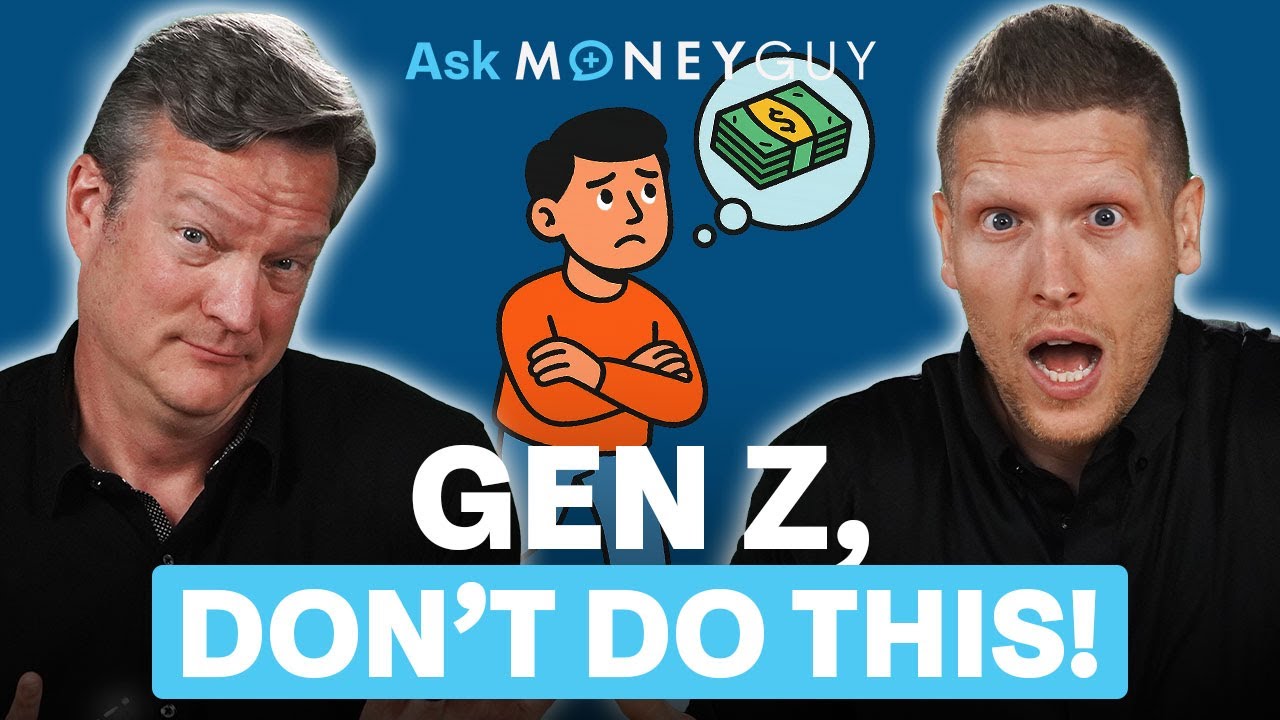
Every year, a new crop of graduates attempts to navigate the post-collegiate economy where finding any job, let alone one in your field of study, is an accomplishment. While some are enjoying marginal success, many more are finding it increasingly difficult to manage the financial burden of student loan debt that rivals their annual take-home pay.
With nearly two out of every three students entering the workforce carrying some form of student debt, it’s clear that this has become a burden that many young professionals are forced to bear.
And although the Department of Education requires that students sit through a counseling session prior to graduation in an effort to determine the most appropriate repayment option, these sessions often provide minimal value to students — after all, they’re not speaking with financial planners who can help them develop action steps and strategies for dealing with debt.
As a result, an overwhelming majority end up going with the default repayment plan.
With that in mind, here’s a quick refresher on your student loan repayment options to help you make an informed decision and hopefully save money in the process.
Standard Repayment Plan
This is the default plan that you’re automatically enrolled in if you don’t choose another option. With this particular plan, monthly payments are fixed (at a minimum of $50 per month), and it requires that you continue that payment schedule for up to 10 years.
This is by far the most popular repayment option with nearly two-thirds of all direct-loan borrowers taking advantage of the plan. And while your payments will typically be higher than those made through other plans, you’ll pay off your loan faster and pay far less interest as a result.
Graduated Repayment Plan
This plan is best suited for borrowers who may not be able to afford the higher monthly payments under the Standard Plan, but are confident that their income will rise fairly quickly over the next few years.
While you’ll pay more in total interest by choosing this option over the Standard Plan, you’ll start the repayment process with more manageable payments that steadily increase every two years.
Extended Repayment Plan
If you’re stuck paying back a large amount of student loan debt, the Extended Repayment Plan might help make repayment more manageable. This option shares similarities with both the Standard and Graduated plans, but the repayment window more than doubles that of the other two options. (You’ll be repaying your loans over 25 years).
Depending on what works best for your budget, you have the option of setting fixed monthly payments, like the Standard Plan, or increasing them over time, similar to the Graduated Plan. While your payments might be less than the previous two options due to the longer term, you will be saddled with payments for a longer period and pay more interest over the lifetime of the loan.
To be eligible for the Extended Payment Plan, a borrower must have more than $30,000 in Direct Loans or Federal Family Education Loans borrowed after October 7, 1998.
Income-Based Repayment Plan (IBR Plan)
This plan was originally established to help those with student loan debt that accounted for a significant portion of their annual income. With this option, monthly payments are capped at 15% of your discretionary income, and readjusted each year (up to a maximum of 25 years) based on your income and family size.
To be eligible, you must demonstrate a partial financial hardship and continue to provide documentation to your loan servicer on annual basis so your repayment amount can be readjusted. If you are late supplying that information, you will be automatically enrolled in the Standard Repayment Plan, which will likely mean a significant jump in payments.
If you meet the qualifications, this is a favorable option because by making your regular payments, you may be eligible to have any remaining debt forgiven after 25 years — even less if you work in public service.
Pay As You Earn Repayment (PAYE Plan)
This repayment option is similar to the Income-Based Repayment plan with slightly updated stipulations. For instance, the monthly payments are capped at 10% of your discretionary income (instead of 15%), but they still require a financial hardship to qualify and the repayment amount will continue to readjust each year based on your income and family size.
Although this plan bears a strong resemblance to the IBR Plan, it was recently created specifically for students that are entering the job market post-recession. In fact, this repayment option is only available to borrowers who have received a loan disbursement on or after October 1, 2011, and who were new borrowers as of October 1, 2007.
Similar to the other income-based repayment options, you must also provide documentation of your income to your loan servicer each year or you’ll be placed on the Standard Repayment Plan.
Income-Contingent Repayment Plan (ICR Plan)
This repayment plan is ideal for borrowers that don’t qualify for the IBR or PAYE plans because they don’t demonstrate a partial financial hardship, but still want to keep their payments low. This helps those who purposely chose low-income jobs, but graduated with high levels of student loan debt.
Payments are made for up to 25 years based on your adjusted gross income, family size, and the amount of your loans. Your payments change as your income changes: You pay either an amount based on a 12-year repayment plan that’s multiplied by an income percentage factor or 20% of your monthly discretionary income — whichever is less.
Similar to the IBR before it, the Income-Contingent Payment plan also forgives an outstanding balance after 25 years of qualifying payments. The key thing to remember is that the debt discharged is treated as taxable income, so borrowers must be prepared to pay taxes to the IRS.
Student Loan Forgiveness
If you have Federal student loans, and you’ve pursued a career in education, social work, or the medical field, there may be options available for you to rid yourself of the debt without covering the whole bill out of your own pocket.
These programs are highly specific and most borrowers won’t qualify — but it’s worth understanding the different options so you’re educated on all potential options. Here are a few programs that will help students by forgiving some or all of their debt after certain qualifications are met:
Public Service Student Loan Forgiveness: Employees of the government, non-profit organizations, and other public workers may qualify for the Public Service Loan Forgiveness program. To meet the requirements you must be employed full-time by a public service organization and you are required to make 120 payments on your loans before being eligible for forgiveness.
The great part of this is as long as your employer is an eligible public service organization, you’re covered. And this goes for everyone from leadership to administrative staff.
Teacher Loan Forgiveness: While teachers can certainly qualify for Public Service Student Loan Forgiveness programs, they may also have another option called Teacher Loan Forgiveness. To qualify for this program, you must teach for five consecutive years at specifically designated elementary or secondary school and meet certain requirements based on your competency in the subject matter that you teach.
NIH Loan Repayment Program: Doctors that conduct research and meet certain eligibility requirements can look into the NIH Loan Repayment Program. This program can help repay 25% of a doctor’s student loan balance annually, up to a $35,000 maximum.
Again, in each of these instances, you must meet certain stipulations to qualify for loan forgiveness — and in most cases the first step is making every single one of those 120 payments. If you miss even one, you could be disqualified from participating.
The Reality of Student Loan Forgiveness
Loan forgiveness doesn’t give you the liberty to nonchalantly walk away from your financial responsibility while someone else takes over for you. In fact, it’s quite the opposite.
In order to qualify for loan forgiveness, you must meet specific rules and stipulations to the letter. And from what we’ve seen above, not following through on your part can (and often will) result in disqualification.
Even once you’ve been approved for forgiveness, you’re not quite done. While you may not be required to make any more payments on the loan, you will likely be subject to taxes on the amount that was forgiven.
Consider this example: If you earn $60,000 per year and after qualifying for loan forgiveness and making 120 consecutive payments, your student loan balances of $50,000 are forgiven. Although you didn’t receive a penny of that amount, the IRS considers this as income and subsequently increases the amount of your earned income from $60,000 to $110,000 to account for the loan that you are no longer responsible for.
But you know what you’re now responsible for instead? Yep, you guessed it — higher taxes.
None of this is meant to come across as all doom and gloom. In fact, you should walk away feeling empowered by all of the options that are available to help you find relief for your debt burden.
If you still feel slightly overwhelmed and unsure of exactly what your next step should be, schedule a meeting with a financial planner who can help you untangle all the scenarios and options so you can repay your debt as quickly and as cheaply as possible.
Want more simple, smart financial advice? Check out our free resources here!
You’ll get immediate access to 15 of our most recent podcast episodes filled with more financial straight-talk. As a bonus, when our shows release, they’ll be delivered straight to your inbox so you can get listen right away.













